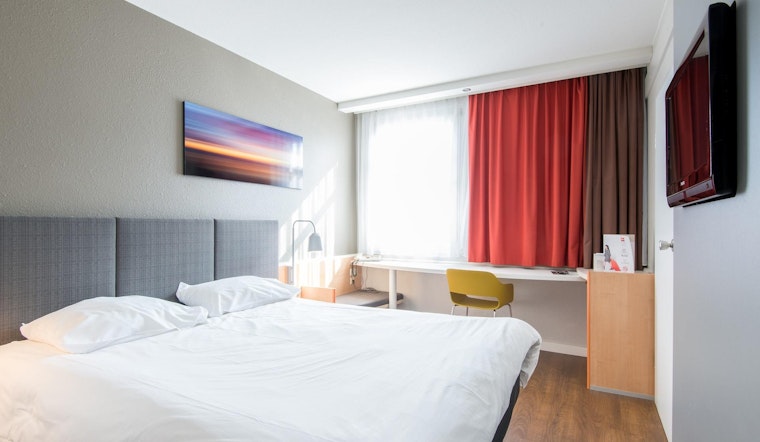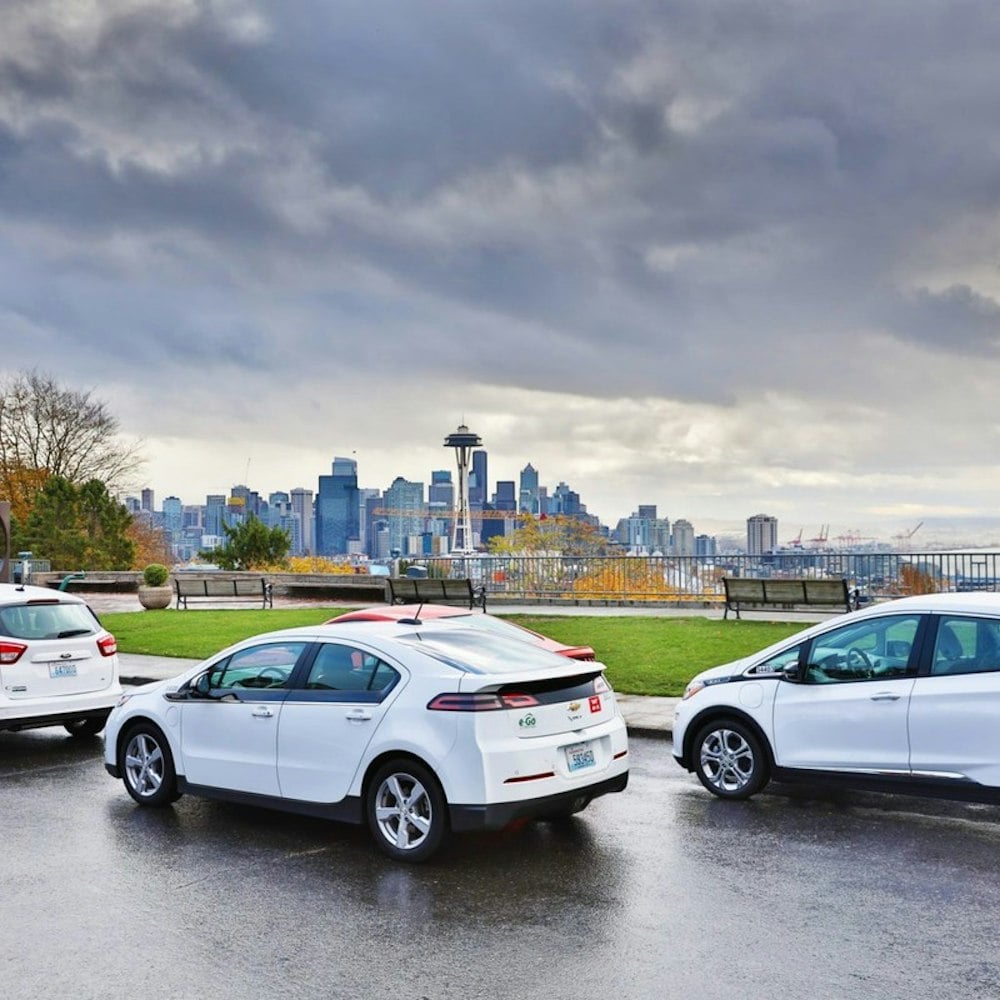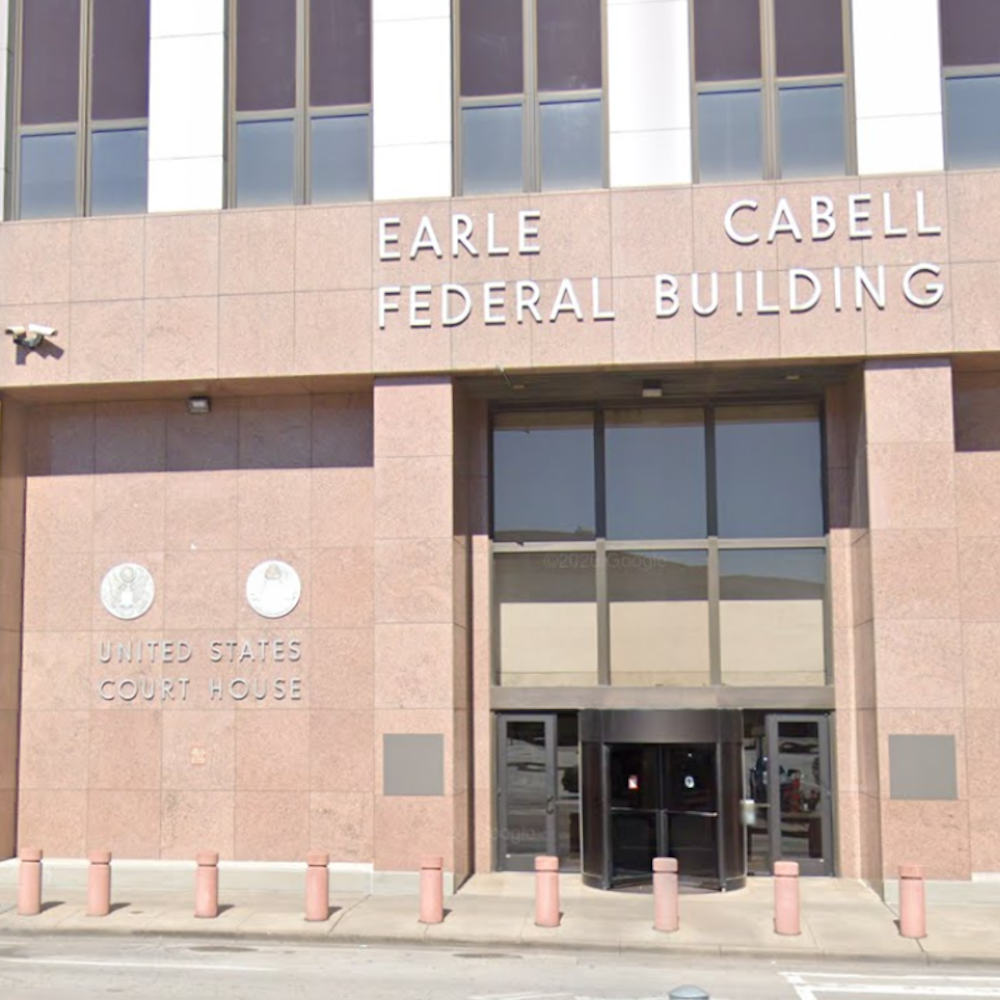
We learned last week that SF’s program to house the homeless in hotels is coming to an end, and the City will start transitioning some of them from hotel rooms to homeless shelters, permanent housing units, or sanctioned tent encampments.
Per the Chronicle, Abigail Stewart-Kahn, the interim director of the City’s Department of Homelessness and Supportive Housing, says that SF will now slowly transition some of the homeless currently occupying hotel rooms into other means of indoor or outdoor shelter. The interim program was announced in April as part of a push by the Board of Supervisors to house SF’s 9,700-plus homeless amid the global pandemic.
In June, new leases stopped being signed for more SIP hotel rooms. Moreover, now some hotels that are a part of the program will no longer be accepting new guests as early as November.
Currently, the City is using private hotel rooms — as well as other types of facilities, like City-operated RV trailers — to secure safe spaces for the homeless to seek shelter and safety from the coronavirus. According to Department of Public Health data, there are currently 3,514 active “alternative housing units” in San Francisco; 2,623 of those are shelter-in-place (SIP) hotel rooms. But earlier in the spring, the SF Board of Supervisors mandated that the City lease north of 8,000 SIP hotel rooms, and a total of 31 local hotels offered to help see this to fruition.
Alas, that never came to happen.
And with Stewart-Kahn citing that budgetary limitations are why the City is easing out of the temporary program — though 75 percent of the $18M/month cost of those hotel rooms will allegedly be covered by the federal government — it’s unclear what exactly will happen to the homeless individuals that make up the 2,401 people currently in SIP hotel rooms. (SIP hotel rooms are also still available to front-line workers, but are vastly populated by the unsheltered.)
“[The homeless in hotels] should only be leaving once the city has secured them a permanent housing set up to make sure that they’re not in danger of getting COVID-19 and to keep them overall healthy,” Emmett House, a coordinator for the Coalition on Homelessness San Francisco, said to Hoodline. “And right now, the City doesn’t have enough permanent housing units to do that — so they shouldn’t be doing this and pushing people back into shelters or on the streets.”
Also, the San Francisco Department of Public Health notes that at least 45 percent of the homeless occupying these SIP hotel rooms are above the age of 50, putting these people in the “high-risk” category for a severe COVID-19 infection.
In lieu of these hotel rooms, Mayor London Breed has said that she and her departments are now figuring out how to move as many people into (more affordable) sheltered areas to keep them off the streets. This would also include funneling people back into Navigation Centers and other homeless shelters, which is the exact line of thinking that led to a massive COVID-19 outbreak at MSC South, the largest homeless shelter in San Francisco, back in April.
So while some might end up in permanent supportive housing arrangements, it’s clear that perhaps many more could potentially end up in crowded temporary indoor shelter facilities once the weather turns less hospitable, or “safe” sanctioned tent encampments.
Breed has asserted that all the hotel residents will be moved by June of 2021.









